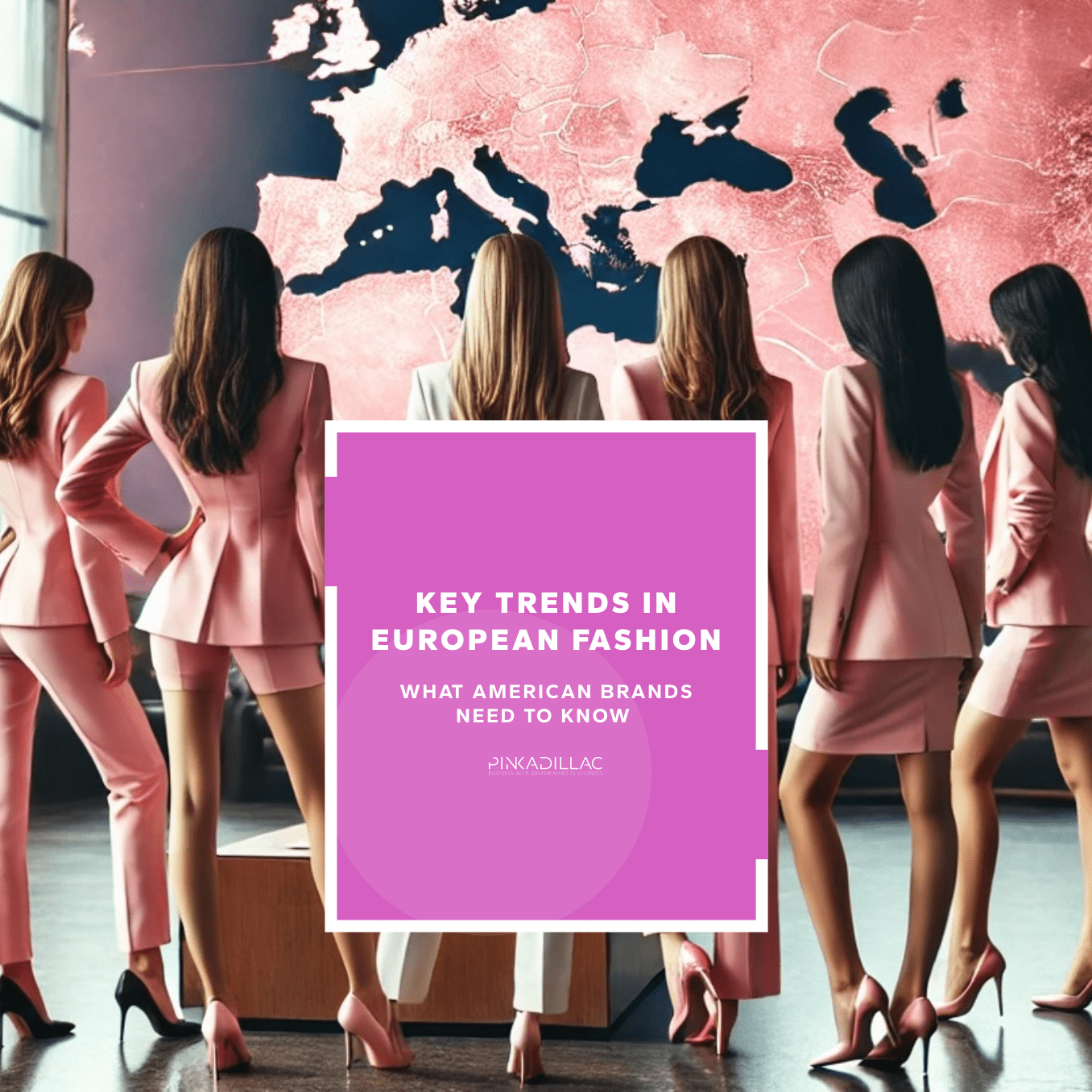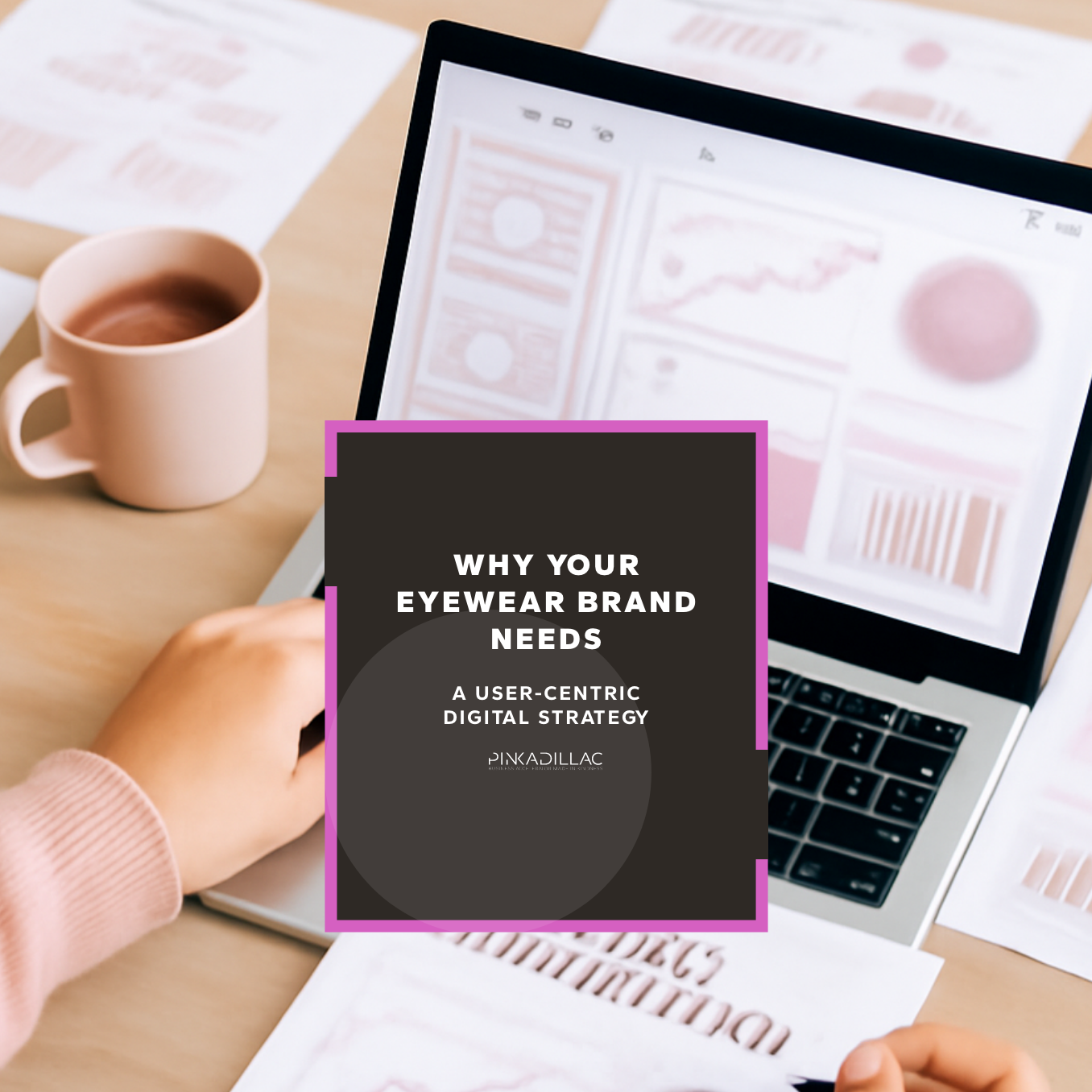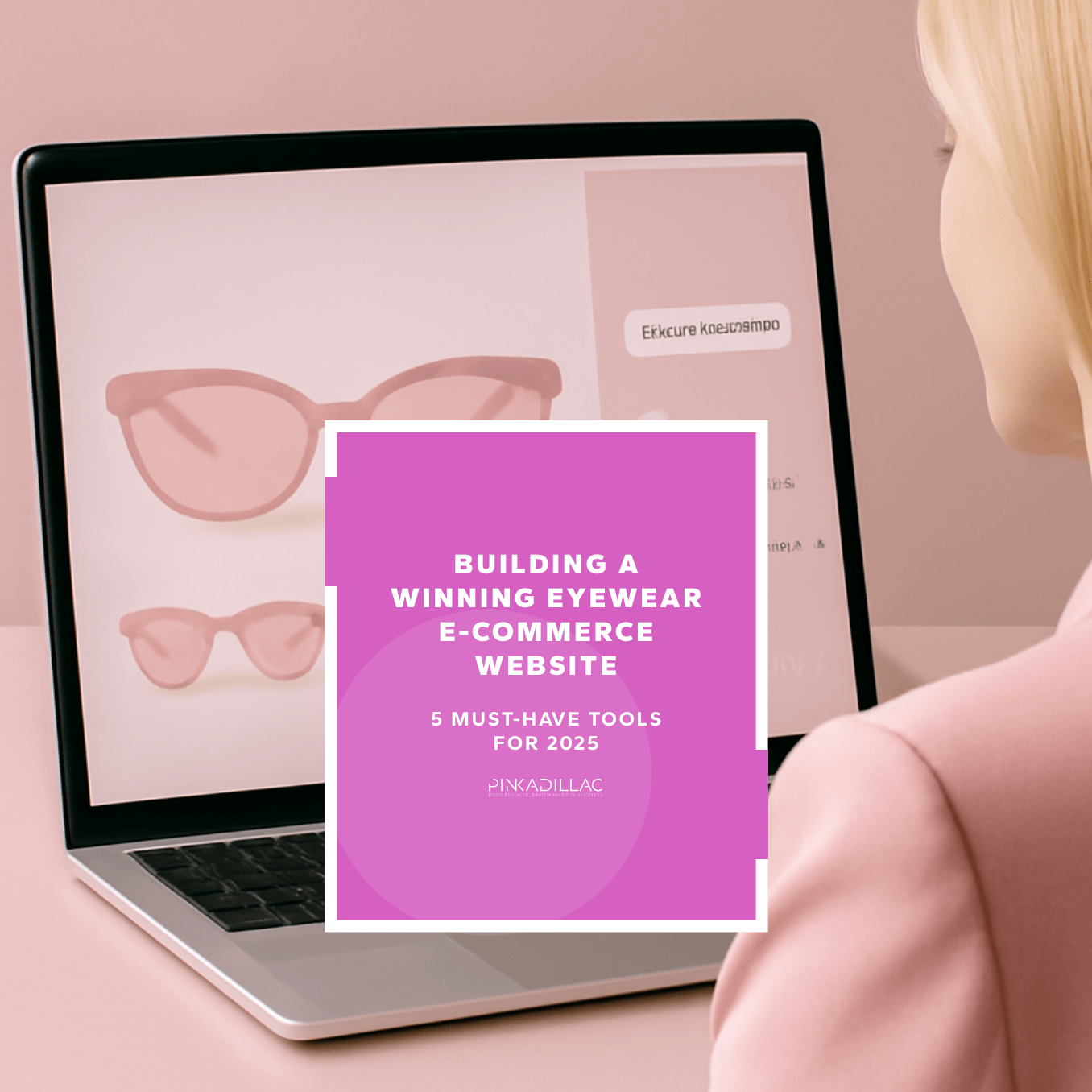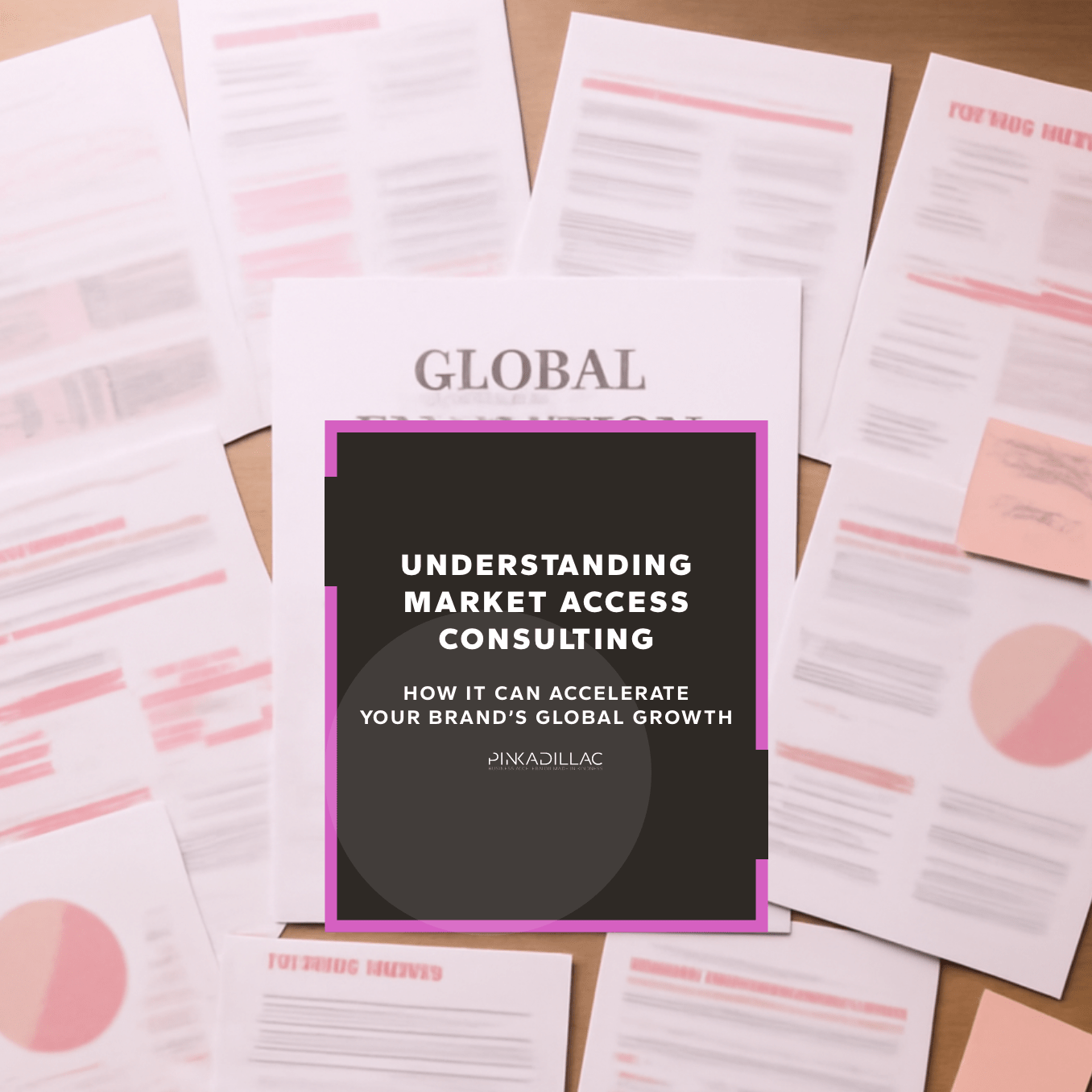
Key trends in european fashion: What american brands need to know
- ●Why is understanding European fashion important?
- ●Key European fashion trends in 2025
- ●How american brands can adapt to these trends
- ●Key differences between American and European fashion markets
- ●Practical tips for North American brands aiming to expand into Europe
- ●The future of European Fashion and opportunities for North American brands
For American brands, understanding the European fashion landscape is of utmost importance. This not only impacts their chances of expansion but also their potential to become relevant in a constantly evolving global market.
Why is understanding European fashion important?
From Paris and Milan to Copenhagen or Berlin, Europe has not only set a standard in clothing design and quality but also in accessories like eyewear. Brands such as Persol in Italy, Mykita in Germany, Jisco in Spain, or Anne & Valentin in France have elevated eyewear to a new level, combining craftsmanship, functionality, and innovation to set global trends.
European fashion is not just a business; it’s an art. For American brands, expanding into the European market, partnering with experts in eyewear business consulting can provide valuable insights into consumer preferences and market dynamics. Whether in tailoring or eyewear, working with European manufacturers and designers can bring authenticity and open doors to new market niches.
Key European fashion trends in 2025
- Sustainability and circular fashion
Europe leads in adopting sustainable practices. Consumers demand long-lasting products and recycled materials, driving innovation across the industry.
In the eyewear sector, some European brands stand out today by using recycled acetate and sustainable manufacturing processes. Meanwhile, in fashion, major houses are launching eco-friendly lines to meet these demands.
- Technological innovation in design and materials
Technology is redefining the fashion and eyewear industries in Europe. From smart fabrics in clothing to adjustable lenses and 3D-printed frames, the region is setting the pace for innovation.
Eyewear brands like the German Mykita are exploring ultra-light materials and digital processes in manufacturing, while in fashion, companies like Stella McCartney are leading the integration of advanced technology into clothing design.
- Influence of local culture on collections
Europe’s cultural diversity inspires both fashion and eyewear design. In France, Anne & Valentin reflects Parisian sophistication, while in Scandinavia, minimalism defines eyewear and clothing collections. This cultural approach brings authenticity and uniqueness, attracting a diverse audience.
- Genderless fashion: an inclusive approach
Gender-neutral fashion is also influencing the eyewear sector. Inclusive and versatile designs, such as those by Komono in Belgium or Jisco in Spain, reflect a trend that resonates especially with younger generations, who value authenticity and freedom of expression in both accessories and clothing.
How american brands can adapt to these trends
- Incorporate sustainable practices into the supply chain
To compete in the European market, American brands must prioritize sustainability at every stage, from material selection to logistics. This applies especially to eyewear.
For eyewear, using recycled materials and ethical processes, along with certifications like GOTS or Fair Trade, can make a difference in gaining the trust of European consumers.
- Collaborate with emerging European designers
Partnering with local designers can help American brands build a stronger connection with the European audience. In the eyewear sector, collaborating with established European design houses can bring added prestige and authenticity to collections. By focusing on international brand development, American companies can establish a strong presence in Europe, leveraging local collaborations to enhance their brand appeal.
- Personalization and connection with local audiences
Adapting marketing campaigns and designs to local preferences is essential in the fashion world. Highlighting specific cultural elements, such as traditional colors or patterns, can create an emotional connection with European consumers.
To effectively navigate the complexities of expanding into Europe, engaging in internationalization consulting ensures that brands can tailor their strategies to meet local market demands.
Key differences between American and European fashion markets
- European consumer preferences: quality over quantity
While North American consumers tend to prioritize competitive prices, Europeans value durability and quality. This explains the success of brands like Theo in Belgium, which combines creativity and craftsmanship, or fashion firms that focus on timeless, well-made designs.
- Regulations and standards in the european textile industry
Europe has strict regulations on sustainability and product safety. Meeting these standards is essential for any US brand looking to expand into this market.
Practical tips for North American brands aiming to expand into Europe
- Market research before entering
Before launching products in Europe, whether clothing or eyewear, it’s crucial to analyze local preferences, identify competitors, and define the most suitable distribution channels.
- Culturally adapted branding and marketing strategies
Design and communication must resonate with European cultural sensitivities. A successful campaign in North America may not have the same impact in countries like France or Germany, so messages should be tailored for each region.
- Local partnerships for successful entry
Collaborating with influencers, optical shops, and European boutiques can accelerate the acceptance of American collections in the European market, building trust and visibility quickly.
The future of European Fashion and opportunities for North American brands
Europe will continue to lead the global industry, offering both challenges and opportunities for American brands. By understanding key trends, adapting to local demands, and collaborating with European partners, North American brands can thrive in this demanding and exciting market.
If you need a partner to expand your brand into other fashion markets, contact us, and let’s start working together.



